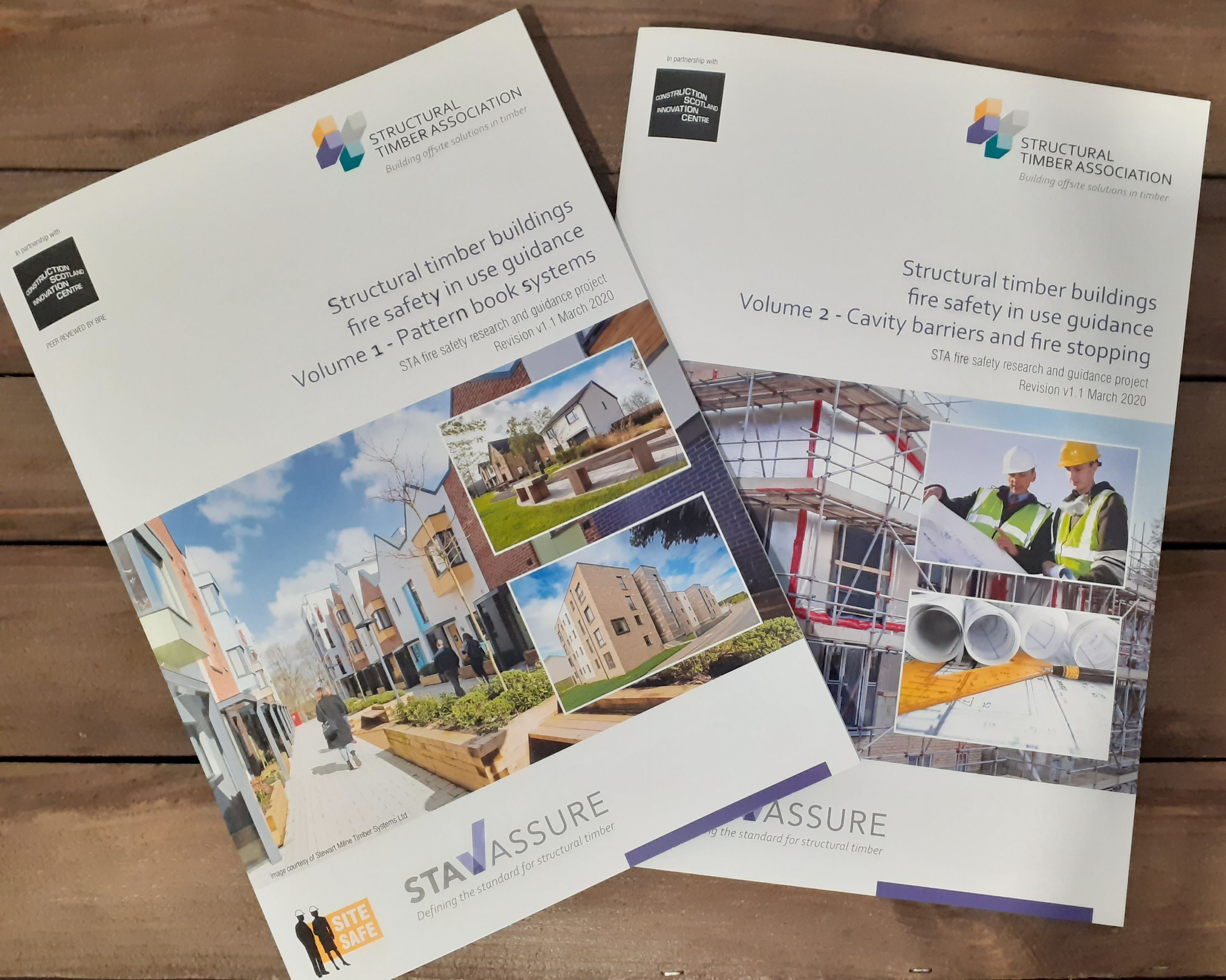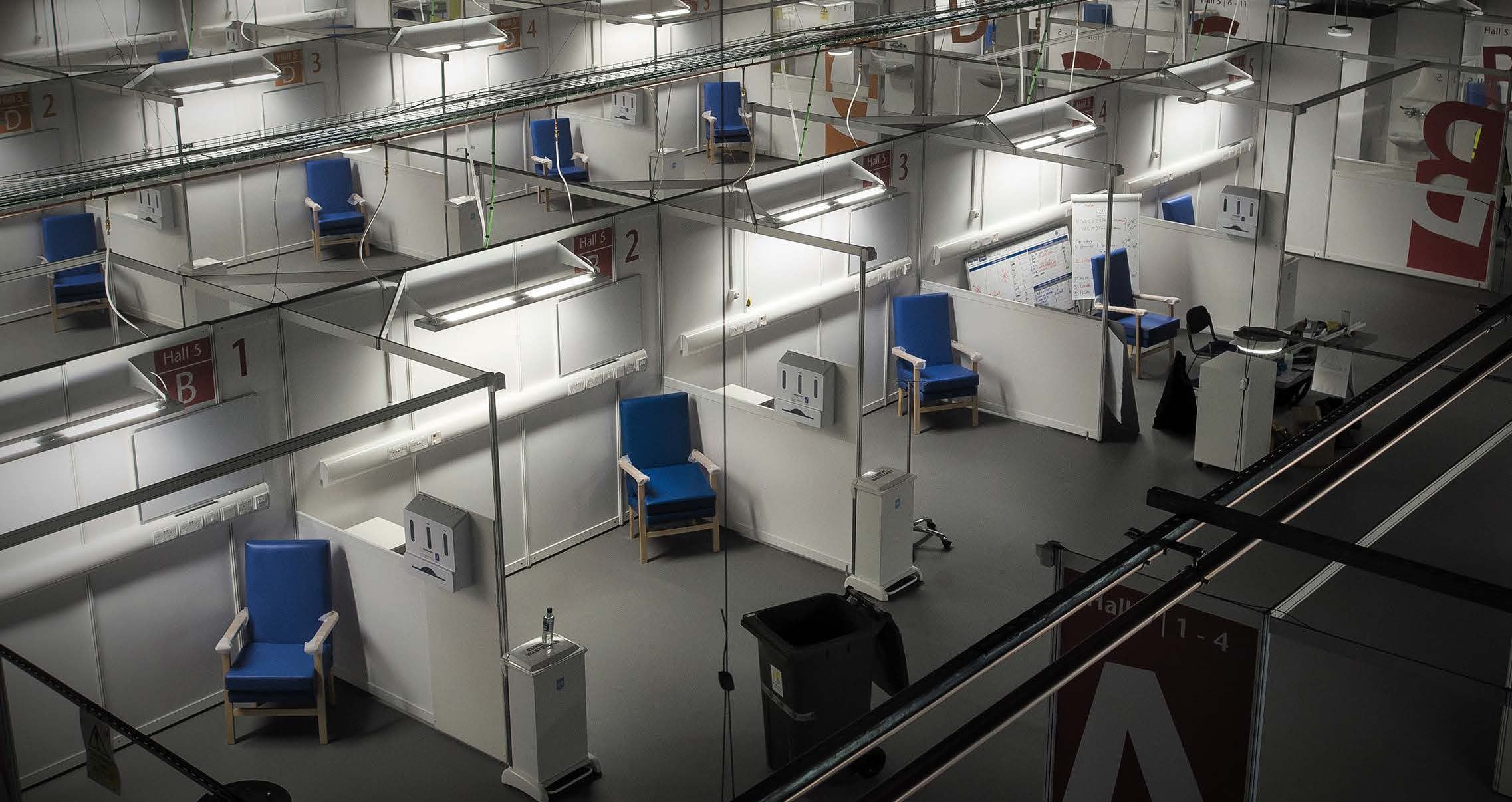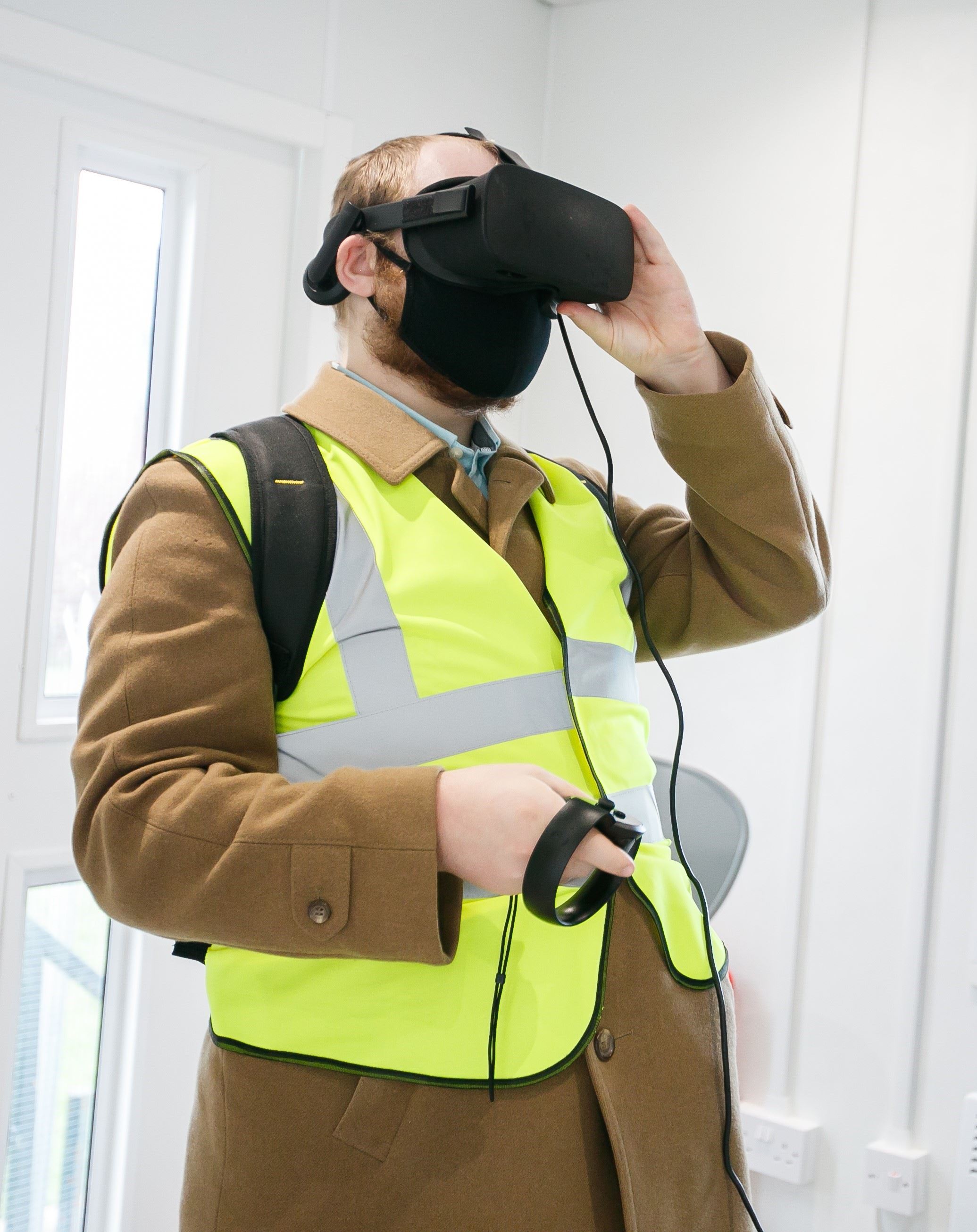Content
NIBE delivers UK-first zero carbon emissions heating system at Scotland’s National Retrofit Centre
Scotland’s National Retrofit Centre is now home to the UK’s first zero carbon emissions heating system of its kind - an integrated solution from NIBE Energy Systems Limited, in collaboration with PREAH. The system combines air, ground, and solar energy to power the building with maximum efficiency and minimal environmental impact.
The system, which combines ground and air source heat pumps with photovoltaic-thermal (PV-T) and smart controls, creates a high energy efficiency approach that powers the building while also providing remote access, live performance monitoring, and real-time energy usage data.
In this article, NIBE UK share the specifications and benefits of their zero carbon, efficient hybrid heating system.
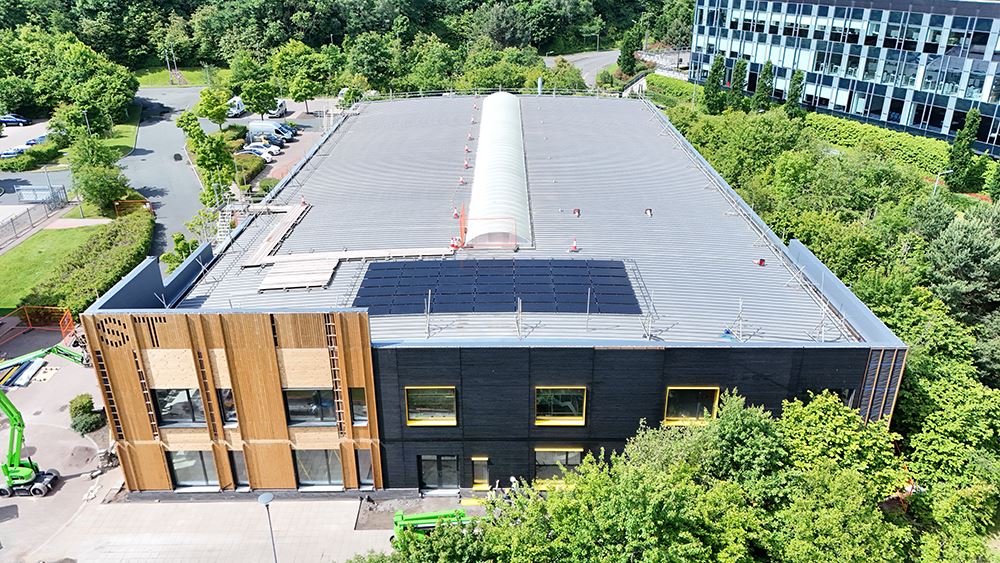
What is the zero carbon heating system?
“NIBE has supplied an integrated heating and hot water system designed to maximise efficiency and minimise environmental impact. The system includes 42 PV-T (photovoltaic-thermal) panels that simultaneously generate solar electricity and thermal energy.
This energy feeds into a NIBE F1355 28kW Ground Source Heat Pump (GSHP), which is cascaded with a NIBE S2125 12kW Air Source Heat Pump (ASHP) to provide additional support during peak demand periods.
The system is managed by the NIBE SMO S40 controller, enabling smart control and seamless integration between components.”
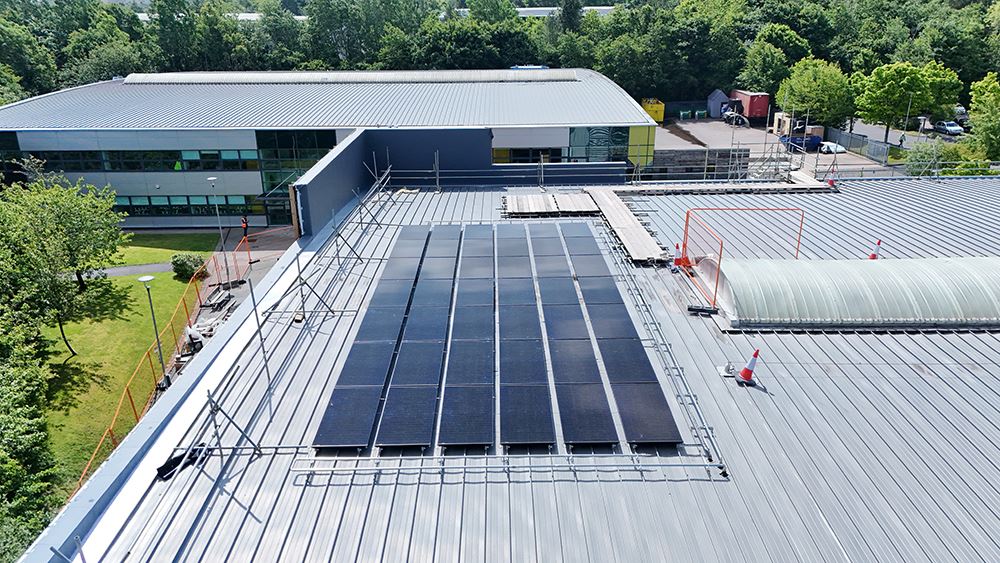
What are the key features of the heating system?
“There are a number of key features of the heating system, including:
- PV generation combined with brine generation.
- Dual-output PV-T panels: Generate both solar PV and low-grade thermal energy.
- Cascaded heat pump system: The F1355 GSHP is paired with the S2125 ASHP for scalable, responsive performance.
- SMO S40 control platform: Coordinates system operation and integrates with the building’s management system (BMS).
- Smart monitoring: Enables remote access and performance tracking via NIBE’s myUplink platform.
- High efficiency: Combines the strengths of GSHP and ASHP technologies with renewable energy inputs.
- UK-first: This is the first known cascade of GSHP and ASHP technologies powered by PV-T in a UK retrofit setting."
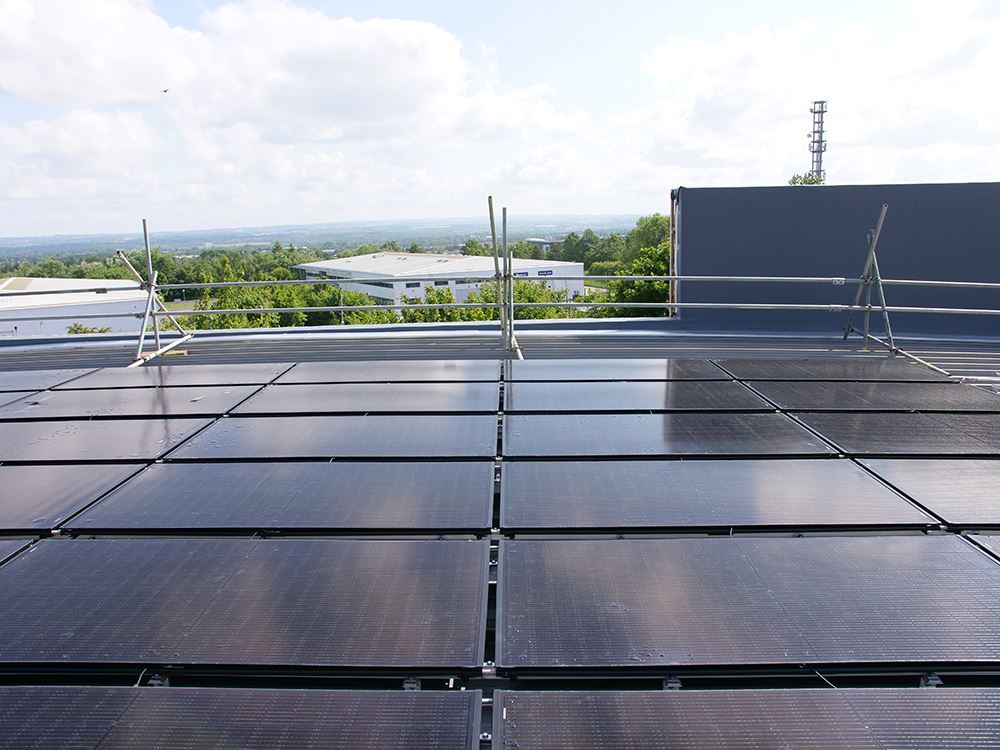
What heat pumps and solar panels were installed?
“42No PV-T panels, SMO S40 Controller, F1355-28kW GSHP cascaded with S2125-12kW ASHP.”
How does the system integrate with existing building infrastructure?
“The system was designed to integrate smoothly with the centre’s existing services, with control and performance data connected directly to the Building Management System (BMS).”
How does the heating system contribute to carbon reduction targets?
“The system operates using electricity only, meaning it is already aligned with the UK’s shift toward a decarbonised grid. In addition to this, the PV-T array can generate up to 18.9kW of renewable energy, which significantly offsets consumption from the grid. The use of high-efficiency heat pump technology, particularly the GSHP with its excellent SCOP (Seasonal Coefficient of Performance), enables consistent, low-carbon heating and hot water delivery. This aligns strongly with Scottish Government ambitions around retrofit, net zero, and energy resilience.”
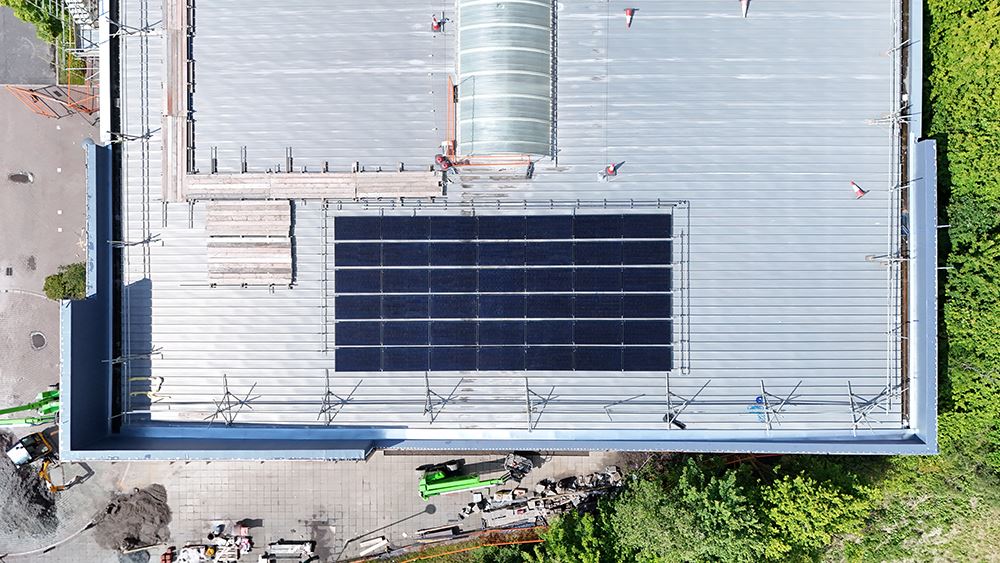
What monitoring or smart control features are included?
“The system is equipped with NIBE’s SMO S40 controller and connects via the myUplink app, providing remote access, live performance monitoring, and real-time energy usage data. These features support proactive system management and maintenance and also enable integration with the building’s BMS for centralised control.”
How replicable is this solution for other retrofit projects across the UK?
“Highly scalable. This hybrid PV-T and heat pump model is suitable for a wide range of non-domestic retrofit scenarios where space is limited or boreholes aren’t viable. A similar system using over 500 PV-T panels has already been installed at a university site in London, demonstrating its versatility and suitability for both medium- and large-scale applications.”
What kind of maintenance or lifecycle support does the system require?
“The system requires standard annual servicing, in line with manufacturer recommendations. With appropriate maintenance, the expected operational lifespan of the system components is approximately 15 years or more.”
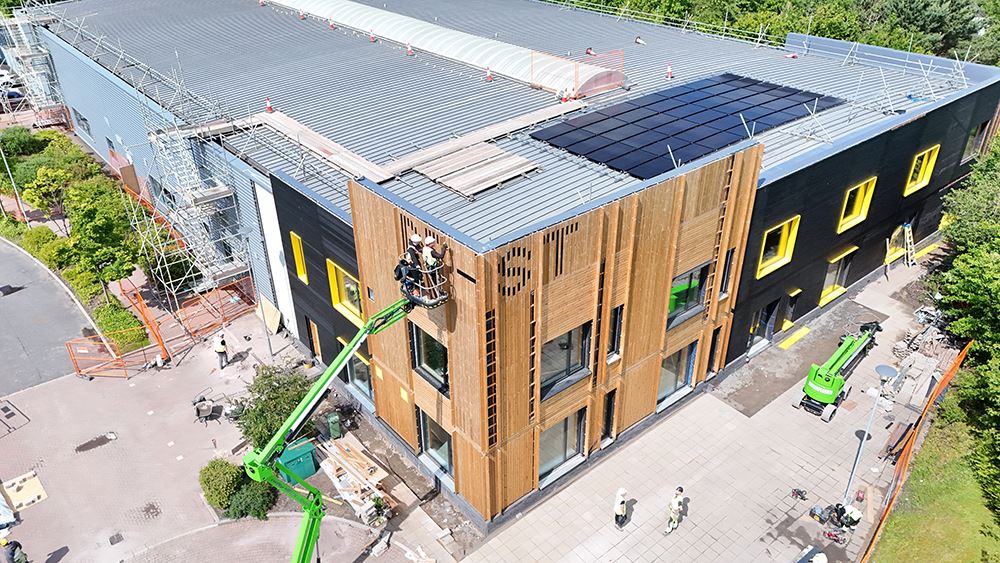
Were there any unique design decisions made specifically for this site?
“NIBE worked closely with the project team to optimise the cascade logic between the GSHP and ASHP, ensuring maximum system efficiency under varying demand loads. Bespoke configuration of the control platform was also undertaken to meet the specific operational needs of the building.”
What does it mean for NIBE to be part of the retrofit?
“At NIBE, we’re proud to be supporting Scotland’s National Retrofit Centre, a unique and forward-thinking initiative that reflects our shared commitment to decarbonising buildings and driving innovation in low-carbon heating.
Scotland is a vital region for NIBE, with ambitious climate goals and a strong focus on retrofit and rural energy solutions.
This project showcases how integrated technologies like PV-T and heat pumps can work together to deliver efficient, all-electric heating in real-world retrofit applications.
It’s an opportunity to demonstrate scalable solutions for the future, and we’re excited to play a part in shaping what’s possible.”

